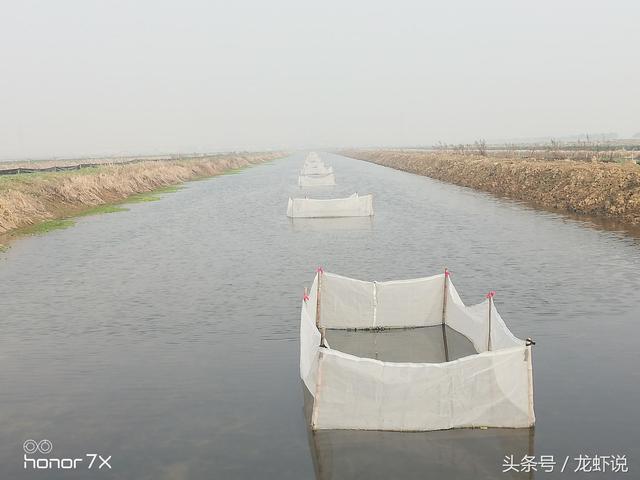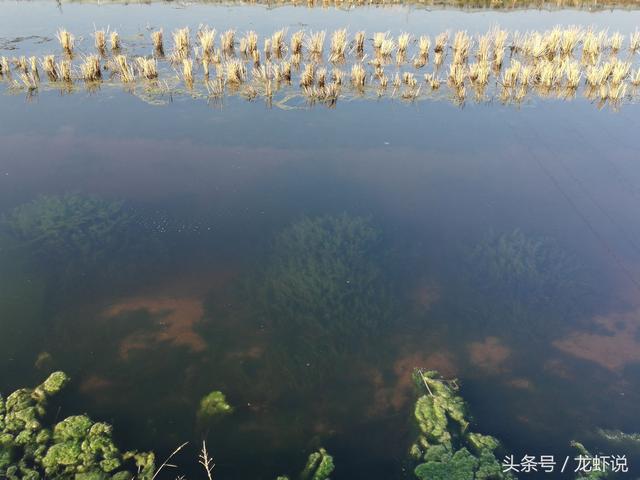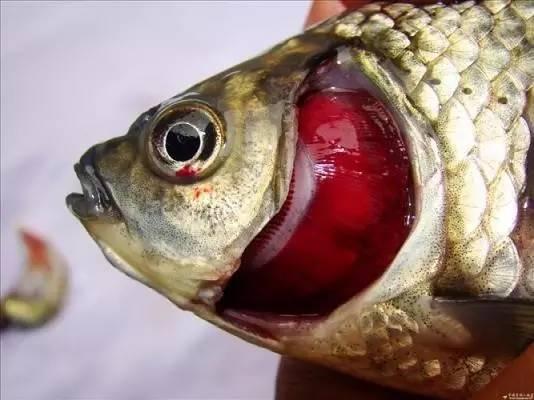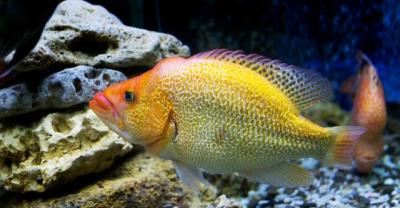Breeding crayfish is indispensable to these aquatic plants.
Crayfish culture is very hot, all want to dry, lobster said I am in crayfish farming "pilgrimage" Qianjiang, crayfish to raise good, aquatic plants. Let's talk about aquatic plants with you today.
The main plants planted in crayfish ponds are submerged plants. At present, the most common are verticillium verticillata (lantern grass), Ellosia (invincible) and Potamogeton crispus (wheat yellow grass).
Verticillium verticillata (Juncus)
Verticillium verticillata starts from spores, and the planting time is from December to February of the following year. March to June is the planting time for fresh grass, which is mainly characterized by high temperature resistance and does not pollute the water quality of the pond.

Lantern grass spores
To cultivate verticillium verticillata, the best way is to use purse seine, when the grass is dominant, remove the purse seine.

Purse seine recommendation
Elozao (eating invincible)
Elodea is fresh, tender, crisp, highly adaptable, rooting at every node, and can grow in large quantities when the temperature is above 5 ℃. It is a kind of high-quality, fast-growing and high-yield submerged plant, but it is not resistant to high temperature, easy to die at high temperature and easy to rot.
Elodea is not the best aquatic plant for raising crayfish. Farmers in Hubei, especially intensive farmers, are slowly eliminating this kind of aquatic plant.

Potamogeton crispus
The first choice for crayfish farming is submerged plant, and rice shrimp is the first choice. Potamogeton crispus is generally sown in mid-October, when the rice is harvested, the soil is prepared and sprinkled with Potamogeton crispus, which germinates in autumn and grows in winter. When our wheat is ripe, the aquatic grass ends its mission. At this time, the rice shrimp is basically over and does not compete with the rice field for space. If the shrimp cannot be eaten, Potamogeton crispus can continue to grow the following year.

Floating plant
Generally give priority to water peanuts and water hyacinth, the coverage rate is not too high.
Water-holding plant
Sophora flavescens is the most common, and it is not easy to grow for crayfish farming.
Sophora flavescens, which was raised at the beginning of September, has grown new roots after transplanting.
It is necessary to raise grass to raise shrimp, especially in crayfish intensive culture ponds, which to a certain extent determines the commercial nature of crayfish, a variety of several aquatic plants can achieve good results. I hope that you who raise shrimp will succeed in raising crayfish and realize your original ambition.
- Prev

Suggestions on the treatment of large red gills of farmed fish
The pathogen, symptom, epidemic situation and diagnosis of ◆◆◆ a major red Gill disease in Fisheries University without walls have not been confirmed at present.
- Next

Application of Biological fermentation products in Ruminant breeding
Biological fermented products can promote nutrient absorption and enhance immunity by improving the balance of rumen and intestinal flora in ruminants.
Related
- On the eggshell is a badge full of pride. British Poultry Egg Market and Consumer observation
- British study: 72% of Britons are willing to buy native eggs raised by insects
- Guidelines for friendly egg production revised the increase of space in chicken sheds can not be forced to change feathers and lay eggs.
- Risk of delay in customs clearance Australia suspends lobster exports to China
- Pig semen-the Vector of virus Transmission (4)
- Pig semen-the Vector of virus Transmission (3)
- Five common causes of difficult control of classical swine fever in clinic and their countermeasures
- Foot-and-mouth disease is the most effective way to prevent it!
- PED is the number one killer of piglets and has to be guarded against in autumn and winter.
- What is "yellow fat pig"? Have you ever heard the pig collector talk about "yellow fat pig"?

